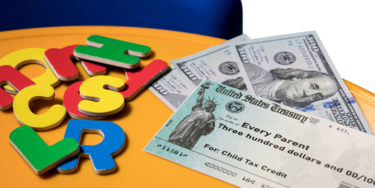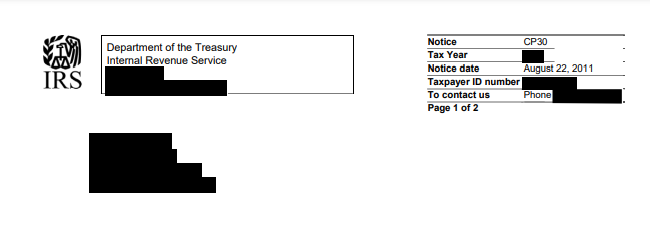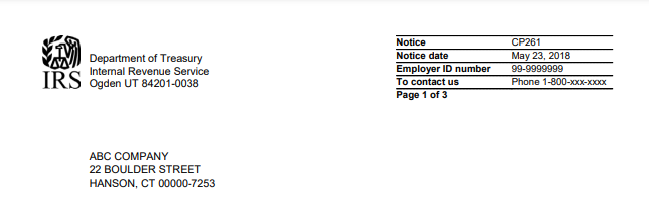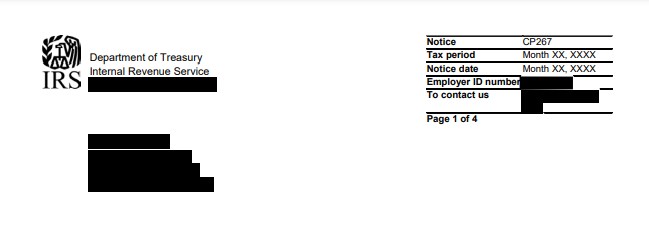Millions of parents will find up to $300 per child in their pockets every month starting in July.
Starting July 15, 39 million households will receive monthly payments as part of President Biden’s expanded Child Tax Credit.
The advance tax credits — which are similar to stimulus checks — are direct payments into parents’ pockets. The payments are fully refundable, which means that it can contribute to your tax refund when you get it. It also means that more low-income families will have access to them, even if they don’t owe federal income taxes.
The payments are scheduled through the end of 2021, though Biden has advocated for them to last longer. Biden’s goal of the Child Tax Credit is an ambitious one: to cut child poverty by more than half — which one Columbia University study says it could do.
There are some major ways that the Child Tax Credit could affect your future taxes — so here’s a rundown of what you need to know to plan ahead.
Contents |
| What is the 2021 Child Tax Credit? |
| How do I qualify and how much will I get? |
| What’s different in 2021? |
| How do I receive them? |
What is the 2021 Child Tax Credit?
The new round of tax credits is a $100 billion expansion of the ones from 2020. On the 15th of every month for the rest of 2021, eligible parents will receive an amount depending on their income, filing status and number of children.
If you qualify and you already filed your 2020 tax return, you should be all set and ready to receive payments. If you qualify but didn’t make enough to file a 2020 tax return, you have to use the IRS’ Child Tax Credit Non-filer Sign Up Tool.
The Child Tax Credit is currently set to last until the end of 2021. Biden has proposed making the payments last for another four years, though CNBC reports that some lawmakers want to make them permanent. If legislators let the Child Tax Credit run through 2021 with no extension, the credit will return to the 2020 rates.
How do I qualify and how much will I get?
Most parents qualify for some amount. To qualify for the full amount, you need to make below a certain adjusted gross income (AGI), which is your gross income minus specific deductions. Your AGI should be below these thresholds to qualify for the full Child Tax Credit:
- Single filers: income under $75,000
- Joint/married filers: income under $150,000
- Head of household filers: income under $112,500
The maximum amount families can receive each month is $300 monthly for each child under 6 years old and $250 monthly for children ages 6-17. That’s $3,600 annually for the former and $3,000 annually for the latter — if you max out.
For every $1,000 your income is above the thresholds above, you lose $50 from the maximum amount. If your AGI meets or goes above these thresholds, then you don’t qualify for the Child Tax Credit at all:
- Single filers: $240,000 or more
- Joint/married filers: $440,000 or more
- Head of household filers: $240,000 or more
There’s no cap on the amount of children the Child Tax Credit applies to.
If you’re still not sure if you qualify, use this IRS tool to find out. It should take about 10 minutes to complete.
What’s different in 2021?
The Child Tax Credit was around before this first round of payments on July 15, but Biden’s most recent stimulus package, the American Rescue Plan, added another $100 billion to the program.
With that much more money available, the 2021 Child Tax Credit has some big changes:
- Payments are fully refundable. This change has the biggest impact on American families. The previous child tax credits weren’t — which excluded many low-income earners who didn’t make enough money to file a 2020 tax return.
- 17-year-olds now qualify. The previous Child Tax Credit only allowed parents to claim dependents up to 16 years old.
- Americans will make more. In 2020, the previous maximum tax credit you could receive per qualifying child was $2,000. Now, Americans could receive either $3,000 or $3,600 annually.
How do I receive them?
Most people will receive their payments via direct deposit. If you didn’t receive your first round of payments on July 15, you can use this IRS tool to track your payments.
You have two options for how you can receive your Child Tax Credit. But first, understand this: the payments that started July 15 are called the advance payments for a reason. Technically, the total amount you receive through the monthly payments is only half of your Child Tax Credit. You’ll receive the other half of it as part of your 2022 tax refund.
Take that into consideration as you choose one of these options:
- Advance monthly payments: These are the payments up to $300 each month that you receive throughout 2021. If you choose this option, you’ll be receiving less of a potential tax refund next year.
So if you have kids and normally look forward to a big refund at the end of the year, that may not happen next year because, with the advance monthly payments, you’re receiving that money ahead of time. This option might work best for lower-income families who need some cash urgently. -
Lump sum payment: Instead of receiving the advance payments starting in July, you can opt to receive the total amount of your payment in your 2022 tax return. This may be best for higher-income earners who typically owe the IRS money during tax season.
If you already received your first advance payment, it’s not too late to opt out of them and receive the lump sum payment next year. Click here to go to the Child Tax Credit Update Portal, and select “Manage Advance Payments.” Follow the instructions from there and you’ll be able to opt out for future payments.
The bottom line
The 2021 Child Tax Credit is a historic plan that could benefit millions of families.
Because it’s fully refundable this year, more Americans will feel the benefits of this tax credit than in 2020. However you choose to receive your Child Tax Credit — whether it’s through advance monthly payments or a lump sum payment — it will impact your tax planning.







